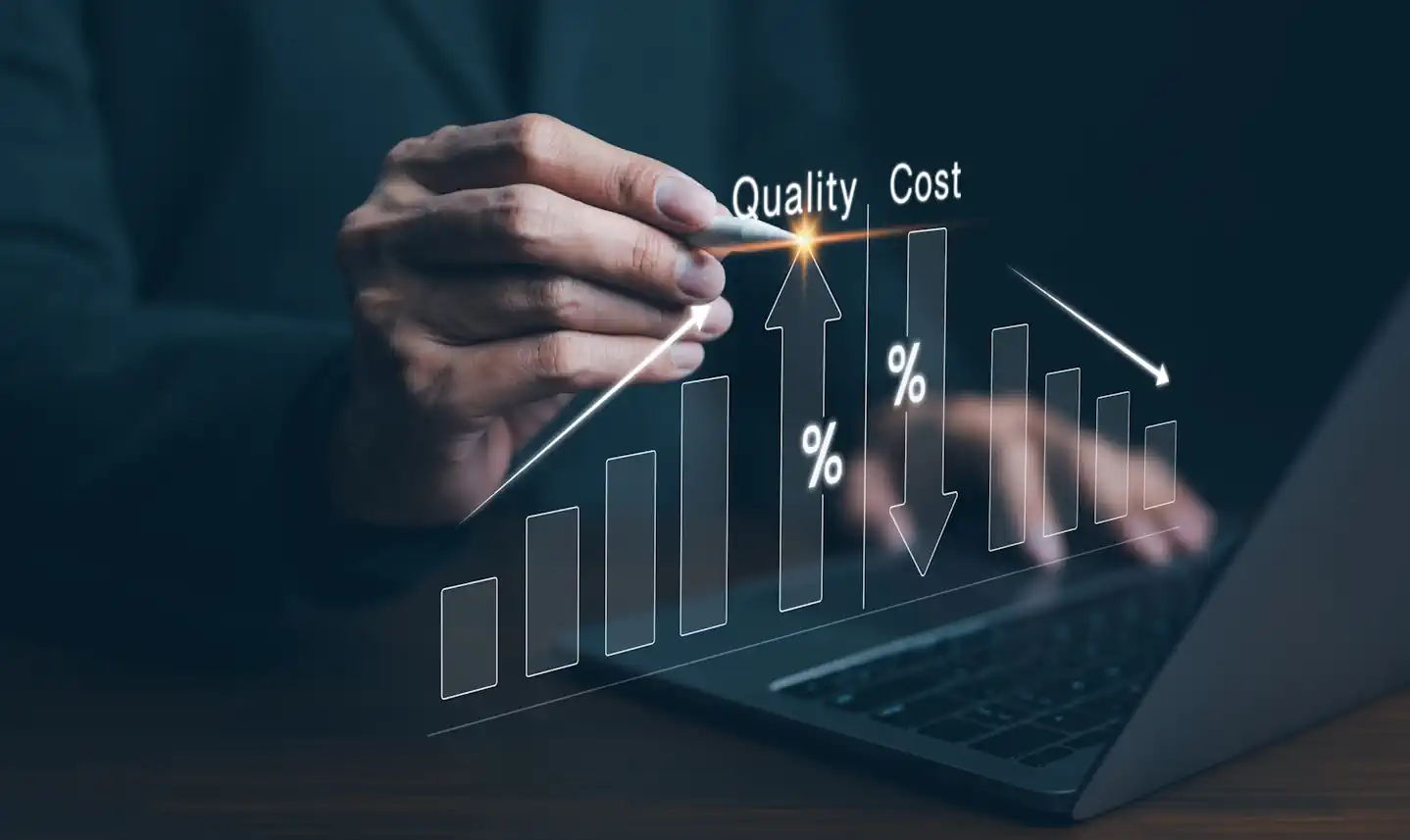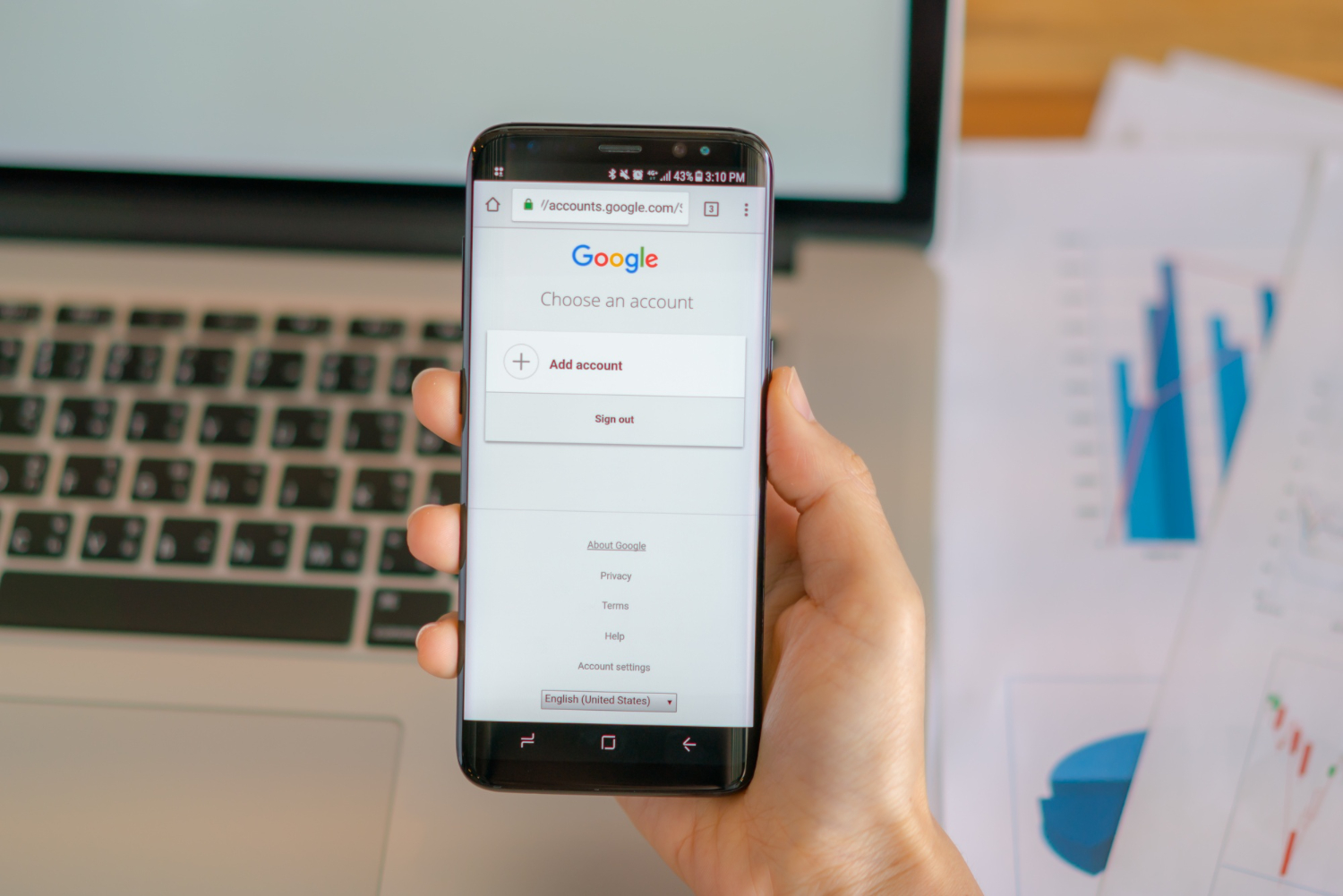The Challenge of Standing Out in Crowded Marketplaces
In the fast-paced world of e-commerce, standing out among countless competitors is no small feat. With millions of products vying for attention, capturing a potential buyer’s interest in just a few seconds is crucial. One of the most effective ways to achieve this is by optimizing your product listings to boost click-through rates (CTR). A higher CTR means more people are clicking on your product when it appears in search results, which is the first step toward increasing your sales. But how exactly can you achieve this? The answer lies in mastering a few key optimization techniques that can significantly enhance your product’s appeal and visibility.
Understanding Click-Through Rates (CTR) in E-commerce
Click-through rate (CTR) is a critical metric in e-commerce that measures the percentage of users who click on your product listing after seeing it in search results. A high CTR indicates that your listing is compelling enough to attract interest amidst the competition. This metric not only reflects the effectiveness of your product presentation but also influences your search ranking on platforms like Amazon, eBay, and Google Shopping. The higher your CTR, the more likely your product is to climb the search results, leading to even greater visibility and potential sales.
7 Proven Optimization Techniques
Optimizing your product listings for better CTR involves a combination of strategic content creation, visual enhancements, and user experience improvements. Let’s explore seven proven techniques that can help you double your CTR:
1. Keyword-Rich Titles
Your product title is often the first thing a potential customer sees, so it needs to be both informative and engaging. Incorporating relevant keywords into your title not only helps with search engine optimization (SEO) but also immediately tells the customer what your product is about.
- Example: Instead of a generic title like “Men’s Jacket,” use something more specific and keyword-rich like “Men’s Waterproof Hiking Jacket – Lightweight, Windproof with Adjustable Hood.”
2. High-Quality, Zoomable Images
Images are arguably the most important element of a product listing. High-resolution, zoomable images that showcase your product from multiple angles can significantly increase user engagement. Customers want to see what they’re buying in detail, especially when shopping online where they can’t physically touch the product.
- Example: Use images that highlight different aspects of the product, such as close-ups of important features, and ensure they are clear, well-lit, and professional.
3. Bullet Point Features
Most customers skim through product listings, so presenting key features in bullet points makes it easier for them to grasp the benefits quickly. Bullet points should be concise, informative, and focused on the unique selling points of the product.
- Example: For an electronic gadget, bullet points could highlight battery life, compatibility, key functionalities, and warranty information.
4. Competitive Pricing
Pricing plays a crucial role in a customer’s decision to click on your product. Ensure that your pricing is competitive within the market and clearly visible on your listing. Consider using promotional pricing or discounts to make your offer more attractive.
- Example: If you’re selling a product similar to competitors, but yours has additional features or a better warranty, consider pricing it just slightly higher to convey superior value.
5. Customer Reviews Integration
Social proof, such as customer reviews and ratings, significantly influences buyer decisions. Integrating reviews into your product listing not only builds trust but also increases the likelihood of a click. Highlighting top reviews or overall ratings in your listing can make your product more appealing.
- Example: Display a badge that says “Over 1,000 5-Star Reviews” or feature a glowing customer testimonial near the top of your listing.
6. A+ Content (for Eligible Platforms)
On platforms like Amazon, A+ content (formerly known as Enhanced Brand Content) allows you to include more detailed descriptions, additional images, and comparison charts. This type of content is designed to provide a richer shopping experience, which can significantly boost CTR.
- Example: Use A+ content to create a compelling brand story, include detailed product comparisons, or provide in-depth information that helps customers make informed decisions.
7. Mobile Optimization
With more consumers shopping on their mobile devices than ever before, ensuring that your product listings are mobile-friendly is essential. This means optimizing images, descriptions, and page layouts to look good and function well on smaller screens.
- Example: Ensure that images load quickly and text is easy to read without zooming. Use shorter sentences and bullet points to enhance readability on mobile devices.
Tools for Tracking and Improving CTR
Tracking your CTR and making continuous improvements is crucial for maintaining a competitive edge in e-commerce. Here are some tools and methods to help you monitor and enhance your CTR:
- Google Analytics: Use Google Analytics to track the performance of your listings on platforms like Google Shopping and your own website. It provides insights into traffic sources, user behavior, and conversion rates.
- Amazon Seller Central: For Amazon sellers, Seller Central offers detailed reports on CTR, along with other key performance metrics. Use these insights to identify which products need optimization.
- A/B Testing Tools: Tools like Optimizely or Google Optimize allow you to run A/B tests on different versions of your product listings to see which elements drive higher CTRs.
- Keyword Research Tools: Tools like SEMrush or Ahrefs help you find the most effective keywords for your product listings, ensuring that your titles and descriptions are optimized for search engines.
Conclusion: The Compounding Effect of Increased CTR on Sales
Boosting your CTR is not just about getting more clicks—it’s about driving more qualified traffic to your product listings, which in turn increases your chances of making sales. The techniques outlined above can help you create listings that not only attract attention but also convert browsers into buyers. The compounding effect of a higher CTR is clear: more clicks lead to more visibility, more visibility leads to more sales, and more sales lead to higher rankings and even greater visibility.
In a crowded e-commerce marketplace, these optimizations can make all the difference between a product that gets overlooked and one that thrives. By consistently applying these strategies and monitoring their impact, you can stay ahead of the competition and maximize your e-commerce success.
FAQs
CTR stands for click-through rate, which measures the percentage of users who click on your product listing after seeing it in search results. A higher CTR means more interest in your product, leading to increased visibility and sales.
A+ content is a feature available on platforms like Amazon that allows sellers to include more detailed product descriptions, images, and comparison charts. It enhances the shopping experience and can significantly boost CTR by providing richer information to potential buyers.
Tools like Google Analytics, Amazon Seller Central, A/B testing platforms like Optimizely, and keyword research tools like SEMrush can help you track your CTR and make data-driven improvements to your product listings.
You can improve your CTR by optimizing your product titles with relevant keywords, using high-quality images, creating scannable bullet points, ensuring competitive pricing, integrating customer reviews, utilizing A+ content, and optimizing for mobile devices.
With more shoppers using mobile devices, ensuring your product listings are mobile-friendly is crucial. Mobile optimization improves the user experience, making it easier for customers to view and interact with your listings, which can increase your CTR.





